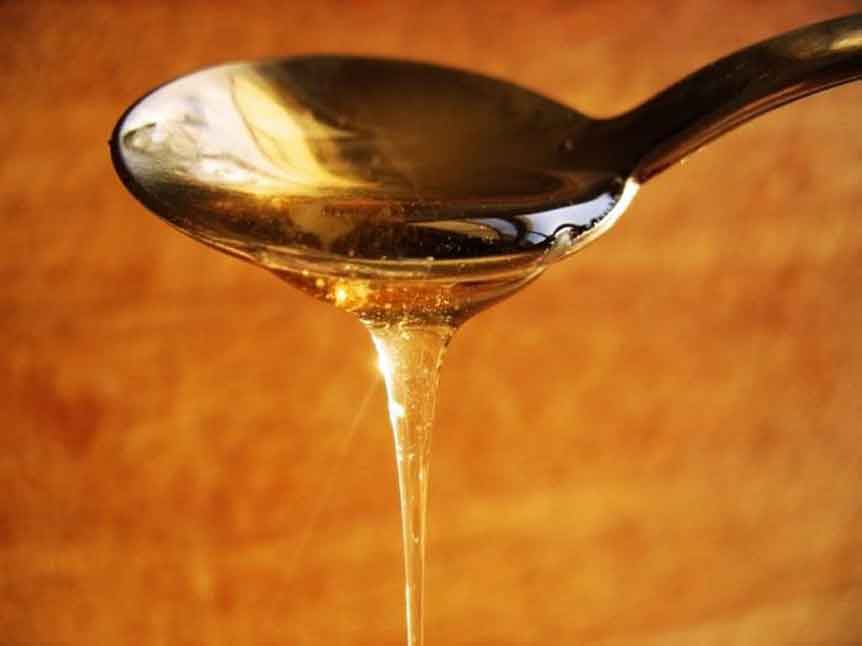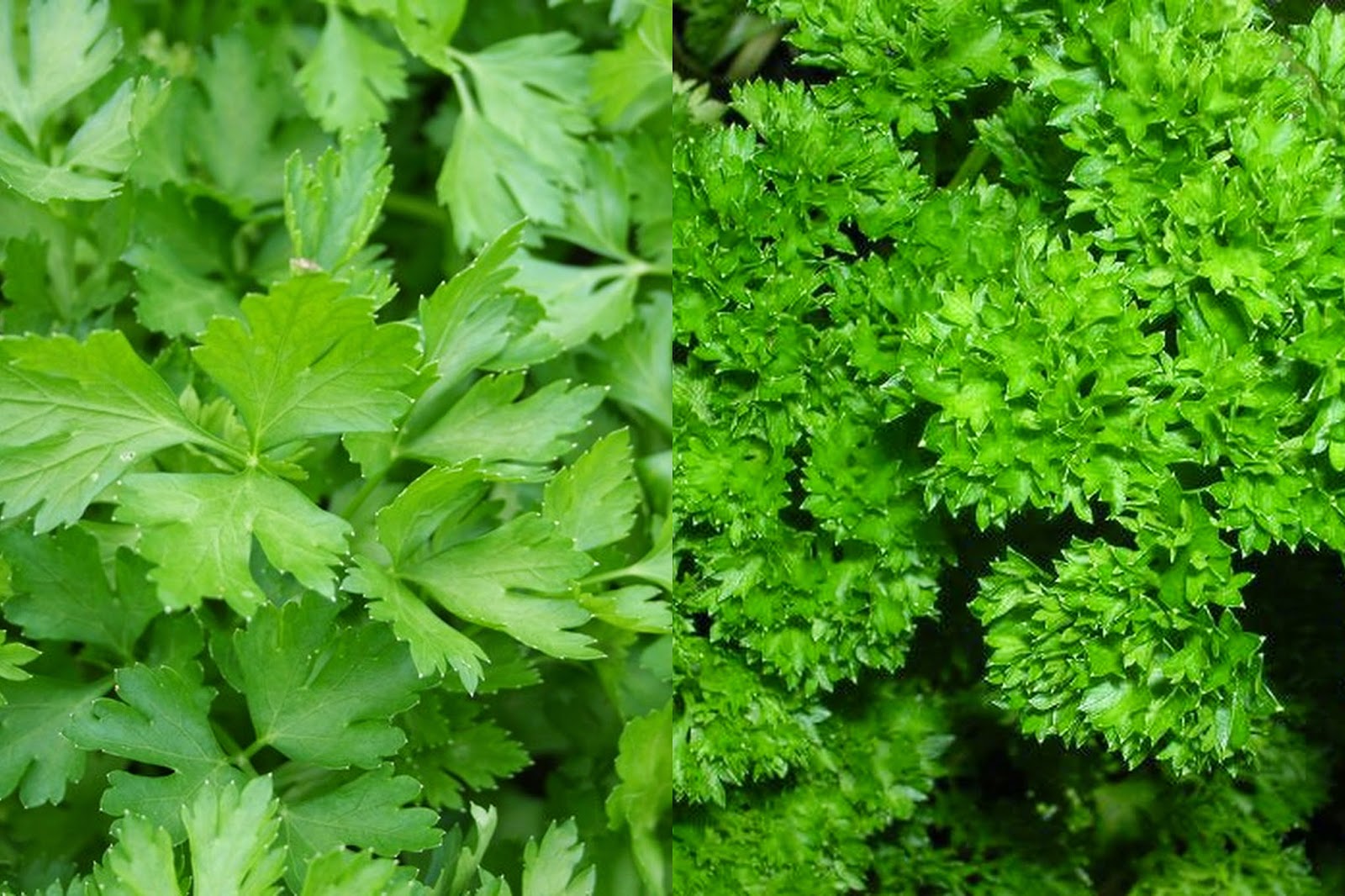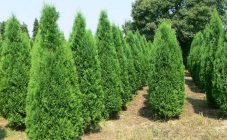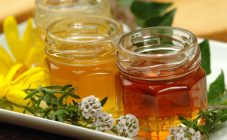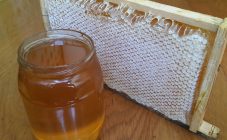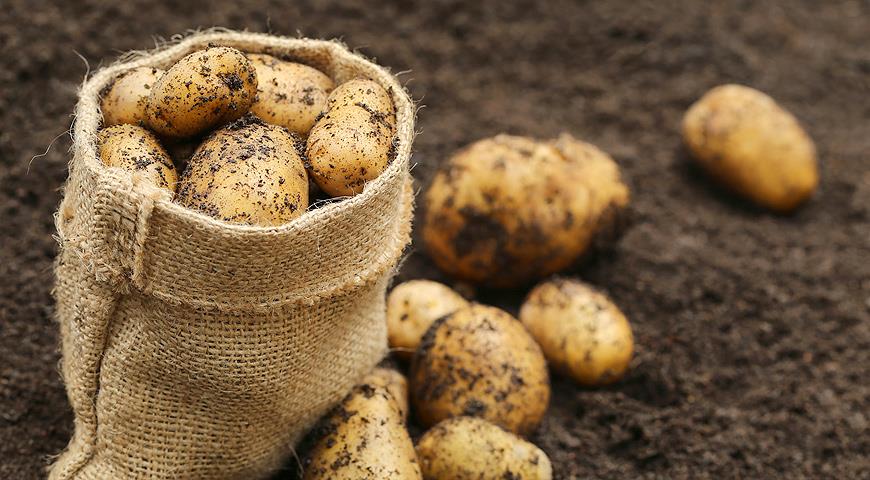Content:
Collecting honey is one of the most enjoyable, but at the same time laborious processes in beekeeping. The beekeeper receives a reward for the whole year in the form of a healthy treat. To collect a high-quality and tasty product, you should know how to pump honey correctly. Errors will turn into quick spoilage and acidification.
How to understand that honey is ripe and can be pumped
The main indicator of honey maturity is the sealed frames. At least one third of the cells must be closed. This product has better properties and does not deteriorate. Bees "seal" the honeycomb with wax when excess moisture comes out of the honey. Then it is ready for long-term storage.
If the summer flow is weak, the insects do not seal the frame. It is also allowed to pump out honey from them, but maturity should be checked first. The product should not run out when turned to a horizontal position. It is enough to shake the frame several times or lightly tap it with your hand.
Preparing the framework for pumping
Before pumping out the honey, the caps are cut off from the sealed frames with special tools:
- beekeeping knife sharpened on both sides;
- a fork with many small teeth.
There are several types of inventory. The knife happens:
- simple - does not differ from the kitchen, except for the sharpening method;
- electric - heats up from the mains;
- steam - has channels in the blade. Hot air enters them through a hose, which leaves the steam generator.
The forks help to remove the seal from the deformed frames that cannot be cut with a knife. They differ in the shape of the teeth. There are:
- straight;
- rounded;
- curved.
The latter are the most popular, because they remove the casing with a solid canvas.
Some beekeepers use a roller. They are held on the surface of the honeycomb, and small needles pierce the caps. But this method has disadvantages - the walls of the honeycomb are damaged, and a lot of wax gets into the honey.
Sometimes beekeepers additionally warm up the frames with a hairdryer. At the same time, the remnants of the caps melt, and the honey is pumped out better.
How to pump honey correctly and what frames are better to choose for pumping honey
During an active bribe, the sealed frames are regularly removed from the hive. Timely collection stimulates the bees to work. However, only ripe honey should be pumped out, which is at least a third sealed.
Store extensions are inspected in the evening. During the night, the insects will calm down, and in the morning they will be ready for work again. They are fumigated with a smoke so that they hide in the hive and do not interfere with the beekeeper. Suitable frames are taken away. The bees sitting on them are shaken off with a brush with soft bristles or a bunch of grass. Instead of sealed frames, they put dry and wax from the warehouse.
Novice beekeepers are interested in how to pump out honey with brood. Doing this is highly undesirable. Most of the brood will die, even with caution.
To prevent the uterus from entering the store extensions, a special lattice is placed between the cases. Worker bees pass through it freely. The uterus will not be able to crawl through due to its larger size. If the beekeeper did not use such a device, then the frames with brood found in the store are moved to the nest.
You don't have to take all the honey from the hive. Bees should always have a supply of at least 10 kg. Then they feel calm and work actively.
Pumping honey using a honey extractor
There are two types of honey extractors:
- radial;
- chordial.
The first is a more modern type. In it, the cassettes are located along the radius of the circumference of the body. This design speeds up pumping because it allows you to work with a large number of frames at the same time.
In the second type, the cassettes are installed along the chords of the circumference of the main tank. A maximum of 4 frames can be placed in such a honey extractor. They must be turned over during operation in order to be deflated from both sides.
It is better to pump out the hundredth honey immediately after collection. The hive is kept at a temperature of 25-30 ° C, so it will be warm and flow out easily. Several people usually work in large apiaries:
- two choose frames;
- the third is engaged in honey extractor.
In this case, there are no problems with pumping. If there is only one beekeeper, then it is better to warm up the frames to working temperature first.
The room where honey will be pumped out should be:
- clean to prevent dust from entering the product;
- spacious - you will need to put empty frames in stores;
- protected from bees - otherwise they will steal honey;
- with running water - for washing hands during work.
The unsealing equipment is washed and dried in advance. If a conventional knife is used, hot water is required for heating.
The pumping procedure depends on the type of honey extractor. The most difficult to use are manual chordials. How honey is pumped out using such devices:
- The frames are printed.
- Install them in cassettes, evenly distributing the load. To prevent the honey extractor from vibrating, frames equal in weight are selected.
- The centrifuge is spun slowly, gradually increasing the speed. If you rotate too fast, the honeycomb deforms, so there is no need to rush.
- After pumping out half of the honey, the frames are turned over and the other side is continued to twist. Then this action is repeated again.
If the honey extractor is radial and electric, then it is enough to correctly install the frames and turn on the device.
Honey is poured into a prepared bowl through a double sieve, which retains the wax. The smallest particles float up a couple of days after pumping. They are removed false from the surface of the honey.
How to get the maximum amount of product
Some beekeepers pump out honey not once, but three times a season - before, during and after honey collection. This method allows you to get the most of the product. You will need to make every effort, pumping out each frame, regardless of the degree of its filling.
However, there are significant disadvantages:
- a lot of brood perishes;
- you have to collect unripe honey;
- bees spend a lot of energy and become angry with a person.
Information on how to properly pump out honey from the frames will allow you not to harm the bees. This is a painstaking and laborious process.Modern tools facilitate the work of the beekeeper, but the quality of the finished product depends on his knowledge and skills.
